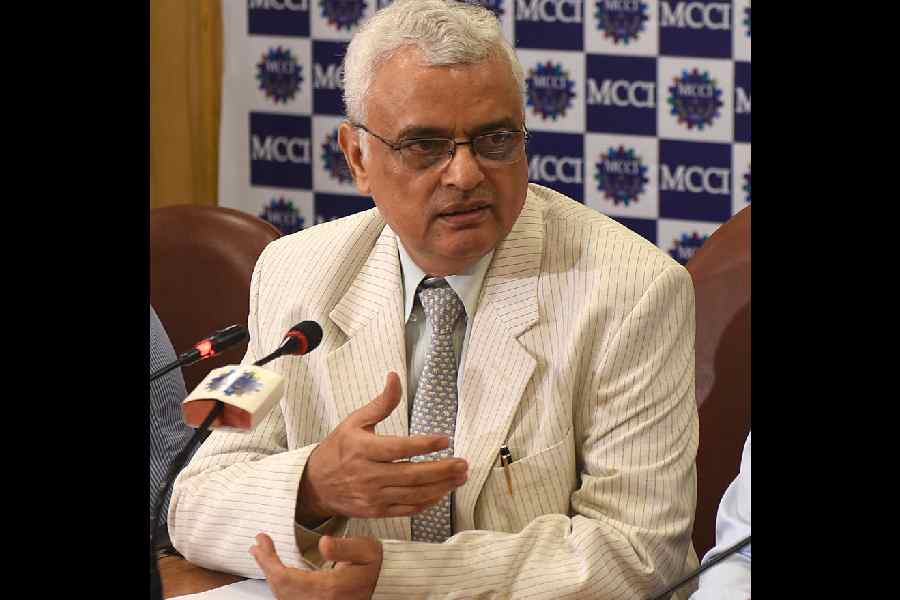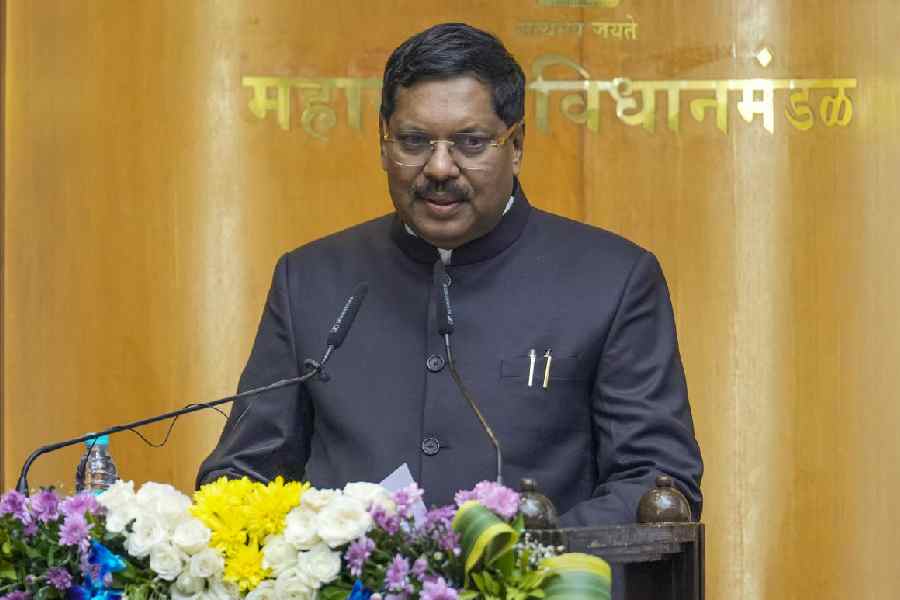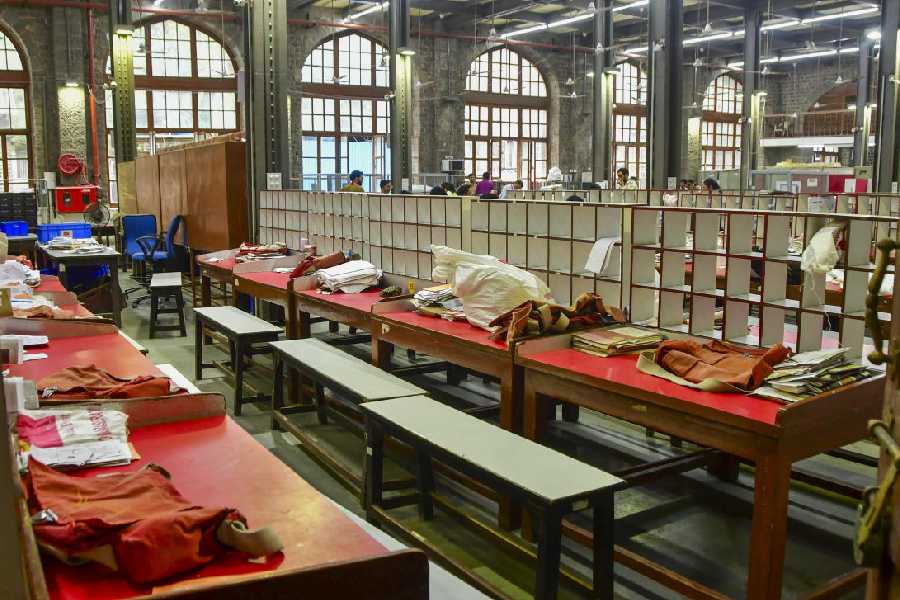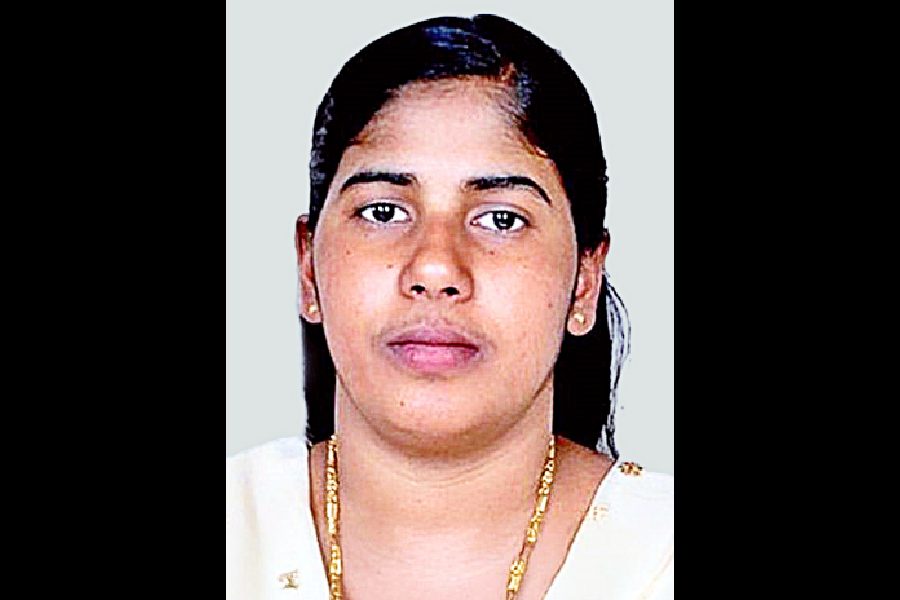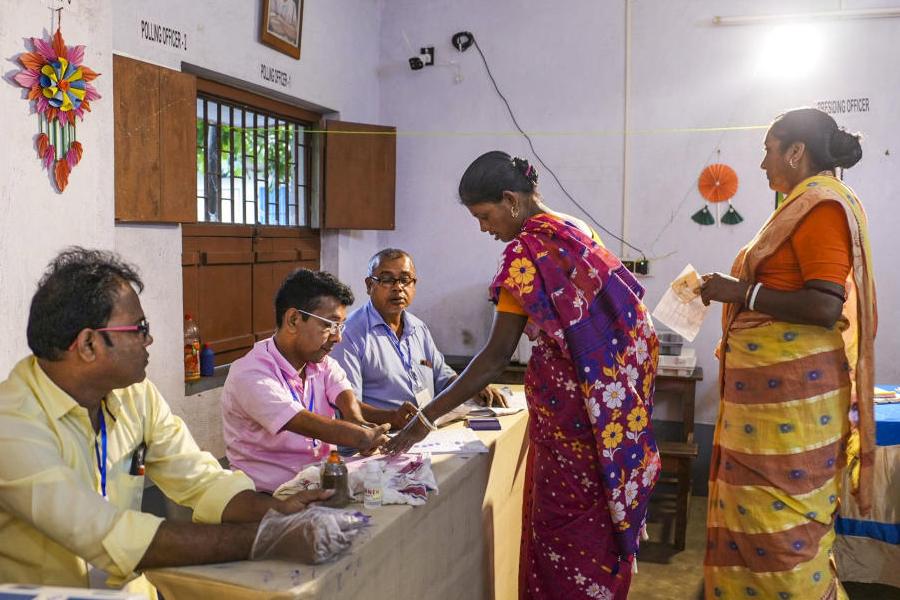Hyderabad, Nov. 15: A public observatory here has become the first in India to offer a powerful research-class telescope capable of showing detailed images of distant galaxies to amateurs for public viewing.
The GP Birla Observatory has acquired a German-built C-11 optical telescope that can provide finer details of distant celestial objects than other telescopes available to amateurs in the country, said B.G. Sidharth, director of the BM Birla Science Centre.
The observatory on the peak of Naubat Pahad, popularly known as Birla Mandir in Hyderabad, will be inaugurated on November 17, though it will take a few more days before it is thrown open to the public.
The C-11 telescope is equipped with sophisticated automation systems and high-range electronic devices, enabling viewers to see stars, galaxies and other cosmic objects far beyond the solar system. “It could also be used through its astrophotography capabilities to help in looking for exoplanets,” Sidharth said.
The resolution of the telescope is about twice that of conventional amateur telescopes in other public observatories in the country, Sidharth said. The higher the resolution, the finer the image.
He said the offer of real-time views of the cosmos at the observatory, instead of the virtual one currently available at the Birla Planetarium, is expected to attract students, astronomy enthusiasts and professionals. “The sky-gaze will infuse excitement of science into a generation driven purely by economy,” said Sidharth.
“It is another milestone for us at the Birla Science Centre where over the years we have served millions of people by bringing the mysteries of science, astronomy and archaeology,” said Nirmala Birla, the wife of the late G.P. Birla. The new centre is located in a five-storey building in a complex of 65,000 square feet.
Groups of about 30 members may visit the observatory with prior appointment.
A total of six or seven telescopes, including the specially designed C-11, in collaboration with the Paris-based Uranoscope de France, will be mounted on the building. Guidance about usage will be provided by scientific and technical officials. Also to be incorporated are other facilities for enabling photography.
New courses in astronomy will be launched by the science centre after declaring the observatory open.
First in line will be a three-month certificate course for anybody interested in the cosmos.
To be launched in December, the course will have about 20 to 25 lectures along with sessions on planet observation. Depending on the response, more courses will be introduced, informed Sidharth.


